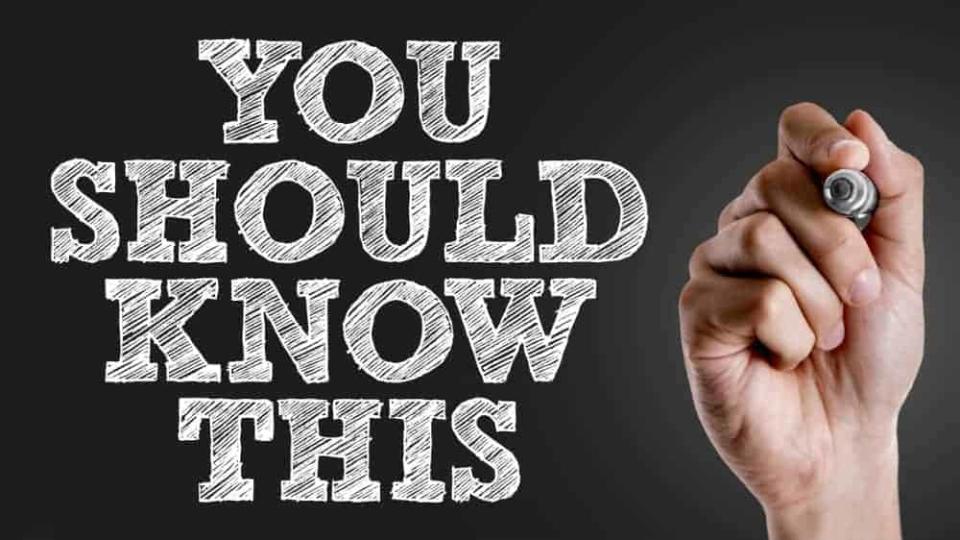CRA: 3 Things You Should Know About CRB Before You Apply

The second wave of the COVID-19 pandemic has struck Canada, forcing it to extend international travel restrictions till January. While the world fights the virus, pharma companies brought some respite with the hope of an effective vaccine. Canada is depending on the United States, the United Kingdom, and German companies for the vaccine.
Hence, it could take the Canadian government nine to 12 months to make the vaccine available to every individual living in Canada. Until then, the Canada Revenue Agency (CRA) is helping you fight COVID-19 with the $2,000/month Canada Recovery Benefit (CRB).
You can apply for CRB only after the benefit period of two weeks ends. The next application window for the benefit period from November 22 to December 5 opens on December 7. But before you apply for the CRB, you need to know three things.
Are you eligible for the $2,000 a month CRB?
You don’t need to be a Canadian citizen to be eligible. As long as you reside and work in Canada and have earned at least $5,000 income last year, you can apply for CRB.
The CRA is giving the $2,000/month CRB if you are unable to get work because of COVID-19 related reasons. You can even apply if you lost your job or took a 50% reduction in pay recently because of COVID-19.
To claim the CRB, you should be actively looking for work and have not taken any other benefit related to employment, sickness, and caregiving. If you refuse reasonable work that was offered to you, the CRA will penalize you by taking away 10 weeks of CRB. It will even ban you from applying for the benefit for the next 10 weeks.
What are the tax implications of CRB?
The CRB amount that will get credited to your account will be after deducting a 10% withholding tax, which means you will get $1,800/month in your account.
Even if you are eligible for CRB, calculate your total net income for 2020 before you apply. The CRA has a maximum annual income limit of $38,000. Every dollar you earn above this income, the CRA will claw back $0.50 from your CRB amount.
For instance, your 2020 income totals $40,000 ($2,000 in surplus of the $38,000 limit) after including all your Canada Emergency Response Benefit (CERB) payments. In addition to $40,000, you collected $3,600 in CRB. The CRA will claw back $1,000 (50% of surplus income) of your CRB when you file your 2020 income tax return in April.
How to make the most of your CRB
You can stop the CRA from clawing back your CRB. If your income is above $38,000, don’t apply for November and December CRB now but in January. The retroactive payment will put the $3,600 CRB amount in your 2021 taxable income, giving you 15 months before the CRA can claw back the benefit amount in April 2022.
How to make $1,000 from CRA benefits the CRA can’t touch
Put the CRB money in a post-pandemic stock through your Tax-Free Savings Account (TFSA). The CRA can’t touch the investment income you earn in TFSA. I would not recommend putting all your CRB money in stocks as stock prices come with their risks.
A good post-pandemic stock is RioCan REIT (TSX:REI-UN), Canada’s second-largest retail REIT. It suffered from the pandemic as the lockdown closed all non-essential retail stores. Empty properties are a nightmare for real estate as your assets don’t earn you rent.
Hence, RioCan’s stock fell 45% during the pandemic, and its dividend yield surged to almost 10%. It was the premium the dividend stock paid for taking the risk of vacant shops.
But the vaccine news and reopening of the economy has put the REIT back in business. The rent cycle that slowed in the lockdown has gathered speed. The vacant shops are filling fast and at a higher rent. Even the existing tenants are repaying deferred rent. RioCan stock surged 22% last month, and its dividend yield has reduced to 8%.
I had put RioCan as my top pick for November. If you invest $1,800 in RioCan now, it could earn you around $1,000 ($890 in capital appreciation and $144 in annual dividends) in a year.
The post CRA: 3 Things You Should Know About CRB Before You Apply appeared first on The Motley Fool Canada.
More reading
Market Crash: If You're in These 2 Stocks, You'd Better Take Profits Now
Are You Living and Working in Canada? Then Claim This $2,000 CRA Tax Credit
Canada Revenue Agency: How to Use the TFSA to Turn $10,000 Into $313,000
Fool contributor Puja Tayal has no position in any of the stocks mentioned.
The Motley Fool’s purpose is to help the world invest, better. Click here now for your free subscription to Take Stock, The Motley Fool Canada’s free investing newsletter. Packed with stock ideas and investing advice, it is essential reading for anyone looking to build and grow their wealth in the years ahead. Motley Fool Canada 2020

 Yahoo Finance
Yahoo Finance 